EPA forges community alliance in restoration of Yosemite Slough
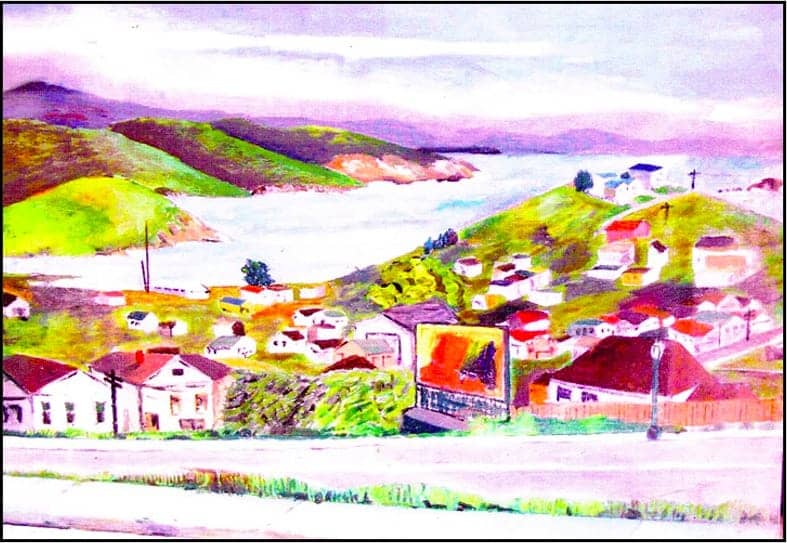
by Dr. Ahimsa Porter Sumchai, Health and Environmental Science Editor
“There are strong beliefs within the community that Bayview Hunters Point is a victim of environmental injustice, based on perceived political neglect concerning potential links between environmental hazards and disproportionately high rates of cancer and asthma. The Yosemite Watershed Restoration Project seeks to apply the well-demonstrated benefits of community-based monitoring to a struggle for environmental justice in Bayview Hunters Point.” – “Seeking Environmental Justice Through Public Participation: A Community-Based Assessment in Bayview Hunters Point,” Cambridge University Press, August 2006
Once upon a time, a rich wetland flourished, nurtured by the tidal waters of San Francisco Bay. Sunrise crowned the glistening shoreline of a pristine channel of water that came to be known as Yosemite Slough. The word Yosemite originates from the native Miwok word for grizzly bear.

Yosemite Slough was a marshland, a nesting area for migrating birds along the Pacific Flyway and a sanctuary for endangered mammals.
The hills that cradle Yosemite Slough formed 200 million years ago from Franciscan bedrock. Birds, butterflies, reptiles and mammals flourished in the fertile sediment of the shoreline, including harbor seals and sea lions. Yosemite Slough originated in the lakes of McLaren Park streaming east through the Portola and Bayview Districts to enter San Francisco Bay. This is called a watershed.

The Gold Rush attracted immigrants to the region, and in 1867 it became the first West Coast dry dock. The Hunters Point Naval Shipyard radically transformed the shoreline, dumping an estimated 1 million cubic yards of contaminated debris. Between 1900 and 1970, the slough was narrowed by placement of industrial waste and fill along its pristine shoreline.
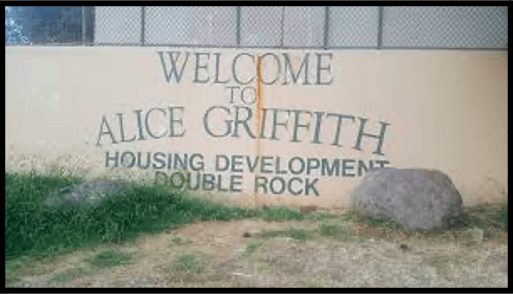
By 1950 Yosemite Slough was transformed into a mixed residential, industrial and commercial neighborhood. Ruth Upton recounts the blissful summer days of her childhood in the 1930s spent at a sandy cove near Yosemite Slough and her rediscovery of the lost beach of her childhood in the 1970s. By then, the wetlands had become a “polluted cesspool,” she wrote in “Lost Beach Near Yosemite Creek.”
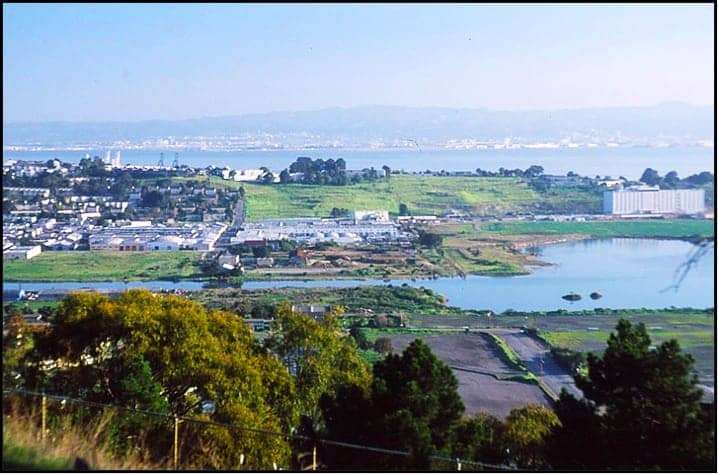

Slough is a word used to describe a swamp or situation characterized by stagnation, lack of progress or inactivity. It describes, perfectly, the situation at Yosemite Slough today. Slough is also a medical term used to describe dead tissue separating from living tissue that accurately describes the situation at Yosemite Slough today!
Yosemite Slough is approximately 1,600 feet long, 200 feet wide and “sandwiched” between the Hunters Point Naval Shipyard to the North and Candlestick Point State Recreational Area to the south.
The Yosemite Slough Restoration Project is a $28.8 million dollar wetlands restoration project. In July 2012, the first phase transformed a site covered with dilapidated warehouses, contaminated soil and construction debris into 7 acres of tidal wetlands.
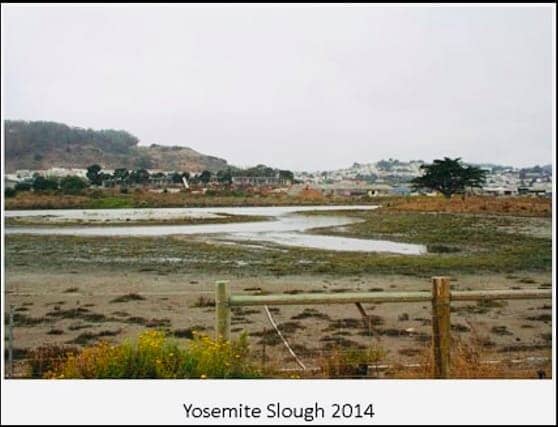
The project will ultimately restore 34 acres of habitat and provide recreation, inspiration and education for residents and visitors. You can view a Google Earth 3D aerial and panoramic view of Yosemite Slough and the South Basin here.
On Monday, Dec. 5, 2016, the US EPA announced settlements with 12 private parties as well as the City and County of San Francisco, US Defense Agency and the California Department of Parks and Recreation and State Lands Commission to begin clean-up of Yosemite Slough of high levels of contaminants including PCBs and lead.
Arsenic and radioactive heavy metals have been detected in shipyard Parcel E and E-2 soils and sediments. Despite a flurry of news reports, however, Yosemite Slough was never placed on the National Priorities List – despite fulfilling criteria to be a federal Superfund site.
Years passed, and Yosemite Slough was lost and abandoned to illegal dumping and the benign neglect of the Trump administration.
In 2016, Saul Bloom, director of Arc Ecology, died of brain cancer. The Yosemite Watershed Restoration Project he founded was a collaborative alliance in which community members conducted water quality assessments at Yosemite Slough, gathering baseline data used for watershed restoration and identifying potential pollutant sources and associated health hazards.
The project was funded, administered and managed by Arc Ecology. Years passed, and Yosemite Slough was lost and abandoned to illegal dumping and the benign neglect of the Trump administration.
In 2019 and 2020, I created a YouTube video archive of the abysmal conditions at Yosemite Slough and the unimpeded access to the shipyard’s radiation offered by broken fence lines at the north shore less than one mile from Third Street, Bayview Park and MLK pool, the Southeast Health Center, Bayview Hunters Point Foundation, a high-volume McDonald’s and a dense residential neighborhood. You can watch that video archive here.
Beginning in January 2019, the Hunters Point Community Biomonitoring Program conducted urinary toxic exposure screenings on residents living within a mile of Yosemite Slough that include a married couple with toxic mercury levels, a doctor with multiple brain tumors and a 12-year-old boy with uranium levels five times higher than toxic!
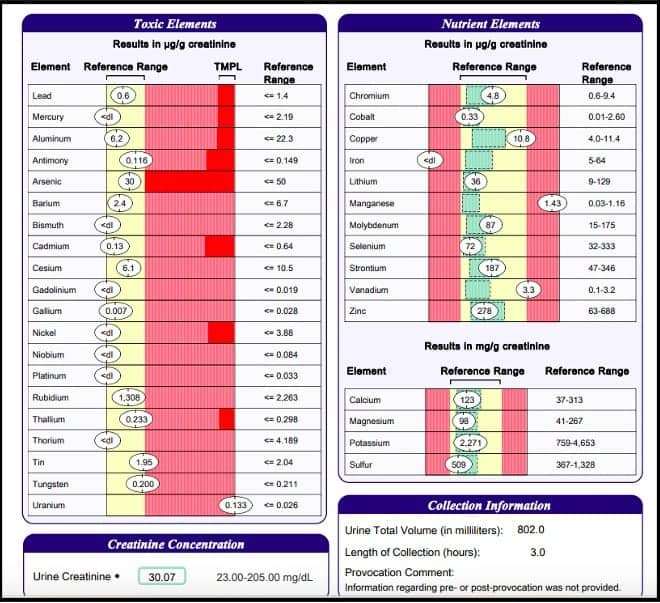
On July 21, 2021, Yvonne Fong, EPA remedial project manager for Yosemite Slough, and Jackie Lane, community involvement coordinator, provided an update to the Bayview Hunters Point Environmental Justice Response Task Force on the EPA’s plan to advance the remediation and restoration of Yosemite Slough.
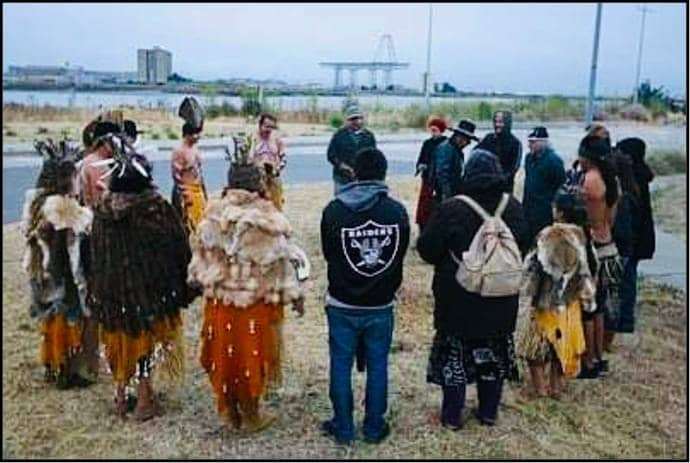
SF Bay View Health and Environmental Science Editor Ahimsa Porter Sumchai, MD, PD, founder and principal investigator for the Hunters Point Community Biomonitoring Program, founding chair of the Hunters Point Naval Shipyard Restoration Advisory Board’s Radiological Subcommittee and contributor to the 2005 Draft Historical Radiological Assessment, can be reached at AhimsaPorterSumchaiMD@Comcast.net. Dr. Sumchai is medical director of Golden State MD Health & Wellness, a UCSF and Stanford trained author and researcher, and a member of the UCSF Medical Alumni Association Board of Directors.





